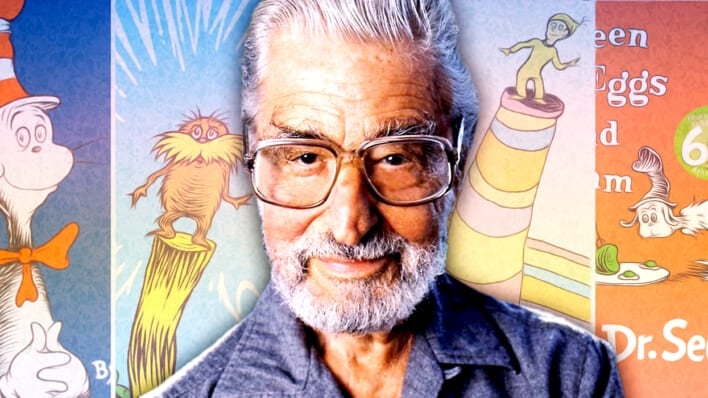Theodor Seuss Geisel was a popular children’s author and cartoonist. He is well-known for his work illustrating over 60 books under his pen name, Dr. Seuss. But did you ever wonder why he left Oxford University in the first place?
Dr. Seuss attended Oxford University to study English to become a professor there, but he left after realizing that his primary passion was drawing. He returned to the US to pursue a career as a cartoonist.
Who is Dr. Seuss?
Dr. Seuss is the pen name for the well-known children’s book series created by American author and illustrator Theodor Seuss Geisel. They are lengthy, humorous poems that have won accolades for effective reading instruction tools for kids. The popular books include The Cat in the Hat, How the Grinch Stole Christmas, and Horton Hears a Who. A few of them were animated television movies. (Source: Oxford Learners Dictionaries)
Why Did Dr. Seuss Drop Out of Oxford University?
Geisel enrolled at Oxford University after receiving his degree from Dartmouth to become a professor. Geisel, however, did not remain at Oxford for very long before leaving in 1927.
Geisel and his new wife, Helen Palmer, returned to the United States after dropping out of Oxford. Geisel eventually gave up on his plan to become a professor and started working toward a career as a cartoonist.
His pictures were used in well-known publications like LIFE and Vanity Fair since many publishers admired his work. Geisel created a name that would go on forever when he published his artwork in the Saturday Evening Post in July 1927 under the pseudonym Dr. Seuss.
Dr. Seuss’ Life After Oxford
After Standard Oil hired the author for a position in advertising, his work as an illustrator was put on hold. Geisel devoted the following fifteen years to creating well-known commercials for Standard Oil.
Geisel’s artwork attracted the attention of Viking Press, who later hired him to illustrate the children’s book Boners. Sadly, the series wasn’t successful, but it gave Geisel an excellent perspective on children’s publishing. Geisel’s debut book, And to Think That I Saw it on Mulberry Street, was released in 1937. Before being released by Vanguard Press, the book was rejected 27 times.
Unfortunately, Geisel’s writing was put on hold when World War II started. Geisel contributed his artwork to a publication called PM Magazine during the war. Geisel joined Frank Capra’s Signal Corps since he couldn’t be recruited because of his advanced age. Geisel created animated movies and propaganda posters for the War Production Board while in the military.
Geisel was able to write every day after the war when he and his wife Helen relocated to La Jolla, California. His new surroundings inspired him, and he wrote well-known stories in the years that followed, including If I Ran the Zoo and Horton Hear a Who. After receiving requests to write a book from Houghton Mifflin and Random House, Geisel’s work was finally recognized. The publishing companies asked Geisel to use 220 vocabulary terms in his story. The Cat in the Hat, one of Geisel’s classics, is the result. Since its 1957 debut, the book has become one of the most widely read children’s novels.
The popularity of the Cat in the Hat made it possible for Geisel to keep producing children’s books. Later, he produced more literary masterpieces like Green Eggs and Ham and How the Grinch Stole Christmas. (Source: History Things)
